How do we build strong brands in the digital age? Should brand marketers “bow to algorithmic salvation”, allowing data and process to ride roughshod over inspiration and creativity?
Chairman of JWT Asia Pacific Tom Doctoroff provides compelling answers to these burning questions in his latest book Twitter Is Not A Strategy. Author of the book What Chinese Want, Tom argues in his new book that “new-media cleverness” cannot be a panacea for marketing. Rather, effective marketing begins with deep customer insights that translate into a great brand idea that is media-agnostic.
Enriched with examples of successful brand marketing campaigns around the world – Axe and Nike in the US, Honda in Europe, to Anta and Volkswagen in China – Twitter Is Not A Strategy is a delightful journey into the heart of marketing in the digital age. I love how it cuts through the fluff of “go digital or die” marketing while proposing a measured way to weave brand marketing into both mass and new media channels.
Strong Brands Still Matter
In its first two chapters, the book argues that while digital technology have rocked our worlds, the fundamentals of strong brands have not changed. While there has been a greater cynicism of big brands in the Western worlds, strong brands still continue to outperform the stock market, draw loyal customers, charge higher prices, and save on media spending.
Forging deeper emotional connections with consumers, strong brands help communities to build a common identity. A case in point is Apple, whose “Think Different” campaign in 1997 (below) served as a rallying call to those who shared the brand’s values. Apple’s brand is so powerful that analysts predict that it could be the world’s first trillion-dollar company by 2015.
(Courtesy of Branding Strategy Insider)
To develop effective brand marketing strategies in the digital age, the book proposes four key steps.
1) Develop Deep Consumer Insight
Unearthing insights into consumer behaviour is a vital first step in brand marketing. By doing so, we can uncover universal human truths. These are embodied by Maslow’s Hierarchy of Needs (see example below).
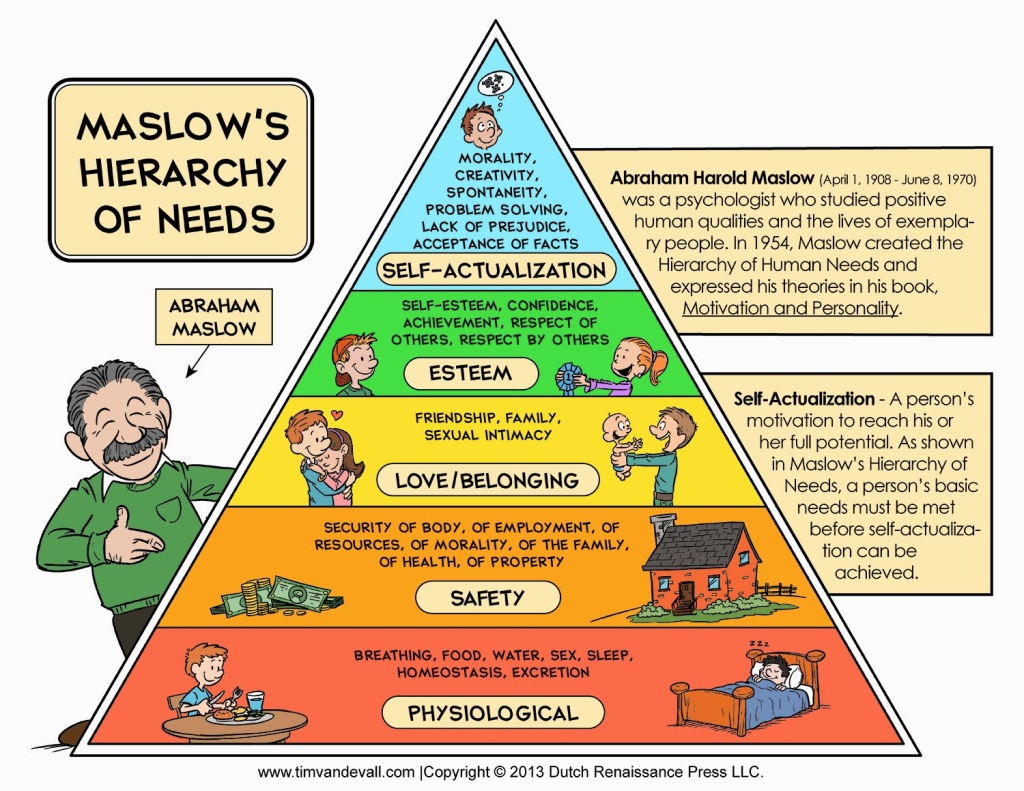
Courtesy of Tim Vandevall
Beyond human truths that resonate across geographical and historical boundaries, there are also cultural truths which determine how consumers behave. These cultural factors are determined by social psychologist Dr Geert Hofstede to cover five dimensions, namely:
- Power Distance Index: how different cultures view hierarchy and inequality in society, eg Confucian Asian societies (like Singapore) versus liberal Western societies;
- Individualism: whether people define their self-image in terms of I or we (traditional Asian societies tend to be more collectivist than individualistic);
- Masculinity: the degree to which competition and achievement drive a society;
- Uncertainty avoidance index: the extent to which cultures feel threated by ambiguity or risks; and
- Long-term orientation: how societies view the future, ie long term stability versus short term gratification.
In Tom’s opinion, the best insights spring from the tensions which arise between or within human and cultural truths. To unearth these insights, companies could undertake a combination of quantitative and qualitative market research. These include usage and attitude surveys, mapping studies, focus groups, and ethnographic studies.
2) Create Great Brand Ideas
A brand idea is a long-term relationship between a consumer and a brand. It is developed by combining deep consumer insights with a Unique Brand Offer (UBO).
A UBO can either be a product truth (physical functional characteristic, eg “No More Tears” for Johnson & Johnson’s baby shampoo) or a brand truth (quality associated with a brand by virtue of consistent communications, eg Coca Cola as “delivering happiness”). This can be perceived by the image below (taken from the book):
Courtesy of Twitter Is Not A Strategy
A brand idea is dynamic and multifaceted. It breathes life into every touchpoint that connects consumer and brand. This differs from a brand experience.
An example of a unifying brand idea is Google’s “bringing the world together through technology”. This mission transcends advertising and is experienced by how every piece of information generated by an online search is “associated with the warm glow of Google”.
Great brand ideas are consistent, possess strong conceptual craftsmanship, and crystallise a long-term relationship between consumer and brand. Formed from the seamless fusion of insights into consumer behaviour and a unique brand offer, they are often surprising, evocatively written, and embody a “feel” for the category. Examples include Nike’s “Just Do It” and Apple’s “Think Different”.
To succeed, marketers must consider the following lessons:
- Brands must first cultivate a strong domestic position before succeeding abroad as an international brand. Globalism is the result, and not cause, of success.
- Success is not possible without a strong consumer insight which allows emerging brands to upset the established order.
- Global prominence is achieved when a brand can tap universal emotions transcending borders while expressing itself differently in each culture.
- Cause marketing or corporate social responsibility only works when the message is linked to tangible product benefits.
- The best brands liberate rather than constrict creativity.
3) Develop Creative Engagement Ideas
Creative executions help to express brand ideas. They can either be short term, long term, thematic or promotional. These expressions must not only break through advertising clutter – they must also trigger active “opt in” participation from consumers. Technology which engage consumers in a relevant brand-focused manner are useful here.
The best engagement ideas are media neutral. This is elegantly defined by Bruce Lee’s “Be Water” philosophy:
“Empty your mind, be formless, shapeless, like water. Now, you put water into a cup, it becomes the cup. Put water in a bottle, it becomes the bottle. Put it in a teapot, it becomes the teapot. Now, water can flow, or it can crash. Be water, my friend. Be water.”
Oreo’s Daily Twist is a strong brand engagement idea (courtesy of Ad Week)
Engagement takes place on several levels, from ideas that spread (eg Oreo’s “daily twist”) to advocacy. To foster online advocacy, marketers should work with both e-influencers and ordinary netizens. Here, brands can tap onto three levels of motivation to foster engagement:
- Me: Helping individuals in their daily lives. These include fun and useful apps like Uniqlo’s “Uniqlock” – a blog widget which tells time through dance and music.
- We: Offer benefits that help bring individuals with common interests together. An example is Canon Australia’s “EOS photochains” which invited photographers to contribute to a continually growing chain of photos where each shot inspired the next.
- The World: Plugging into a something bigger than ourselves. This can be initiatives that help consumers “be part of greatness”, support disadvantaged communities or participate in a movement.
Finally, engagement ideas must be sharply defined in concrete terms. This would cover:
- The creation of an iconic device to epitomize the spirit of the brand (eg Singapore’s Airline’s “Singapore Girl”);
- The drama of the engagement idea in terms of structure, shape, tone and story elements;
- The invitation to participate, ie how consumers should play with, respond to, or dive into the idea; and
- The creative use of media, be it mass-media, social media, out-of-home or mobile.
4) Craft An Engagement Plan
To bring brand and engagement ideas to fruition, marketers should develop an engagement plan. The plan forms a framework for weaving the brand through the fabric of the consumers’ lives, helping to change behaviours in a way that drives purchase and loyalty. Aimed at cultivating greater intimacy with consumers, technology can be used to cross the online and offline divide (ie O2O or online to offline).
Rooted in traditional media planning, engagement planning should consider the following:
- Effectiveness in changing behaviour throughout a consumer’s journey, ie stimulate trial of product; encourage brand switching; increase consumption frequency; trigger search for more information; grow repeat purchase rates and reward loyalty; enhance cross-category purchase; inspire recommendations; and so on.
- Consideration of high-involvement versus low-involvement categories. High-involvement products normally play a more significant role in life, and may be defined as affecting ego and identity (eg luxury cars), life advancement (graduate degrees), and life-or-death situations (healthcare and insurance). Low-involvement products are mainly fast-moving consumer goods (FMCG) that don’t involve risk and are usually inexpensive.
- Determining the phases of engagement, ie beginning, middle, end or repeat. The relative importance of media types varies and can be classified as:
- “Lean back” or passive (eg television, radio) versus “lean-in” or active media (eg digital and direct media).
- Mass media versus one-to-one media.
- Traditional (nondigital) versus new (digital) media.
The different phases of a consumer’s journey and the use of traditional and new media can be summarised in the form of a table (extracted from the book) below:
Courtesy of Twitter Is Not A Strategy
Brand Marketing 2.0
Marrying the discipline of robust creative concepts with the “people power” of digital media, Twitter Is Not A Strategy is a useful roadmap for marketers befuddled by the onslaught of technology in the marketing world. Through a comprehensive step-by-step approach, the book instructs marketers how to ride the digital wave while embracing four fundamentals: insight into consumer behaviour, the brand idea, customer engagement ideas, and the engagement plan.
Touted as an “anti-breakthrough” book, Twitter Is Not A Strategy urges marketers to reclaim the “conceptual high ground” of marketing communications. Diving deeply into the nuts and bolts of branding, it attempts to reconcile the “conceptual craftsmanship of a clear and effective top-down message with the dynamism of bottom-up consumer engagement”. Having read and studied it in detail, I must praise its author Tom Doctoroff for his in-depth coverage of the subject.

Tom Doctoroff (courtesy of Intead )

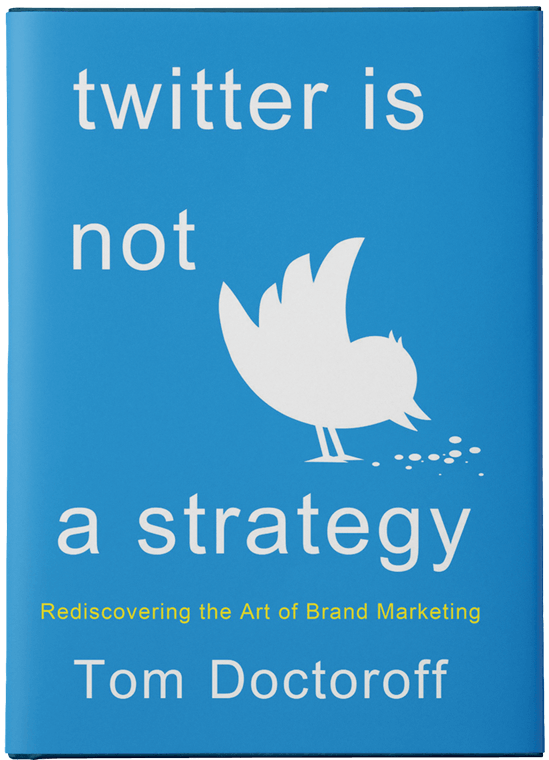

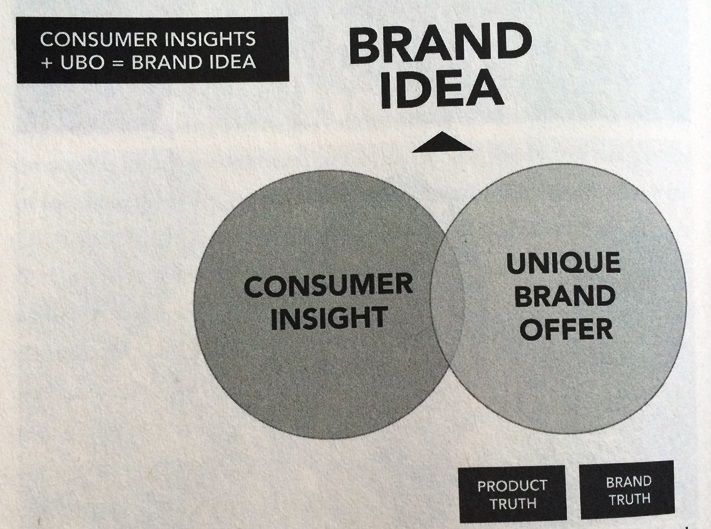
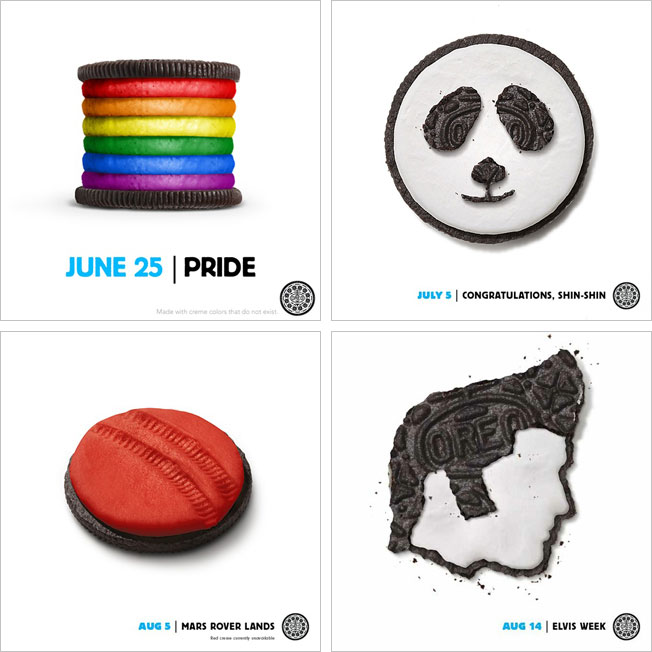
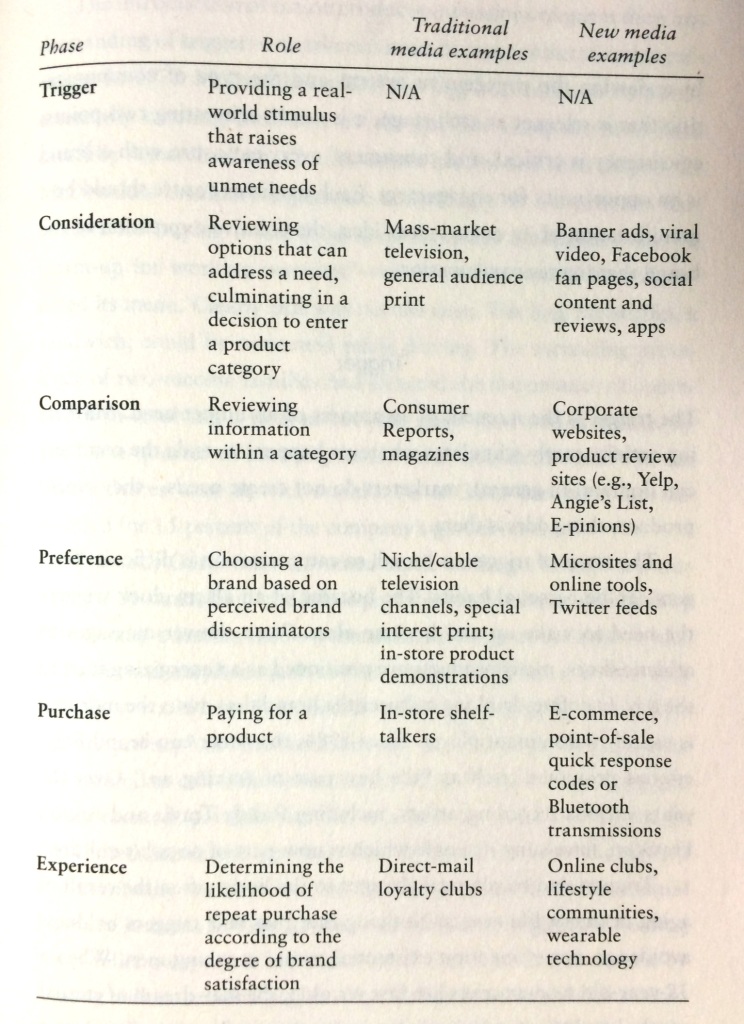
One Comment